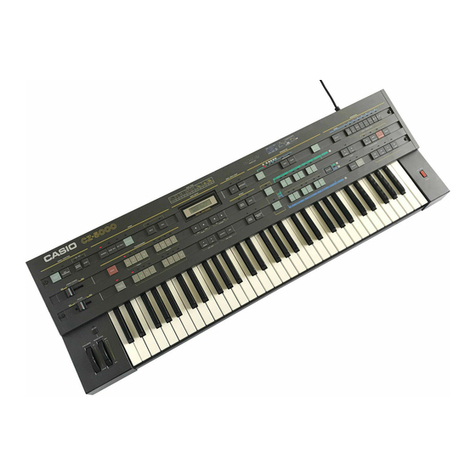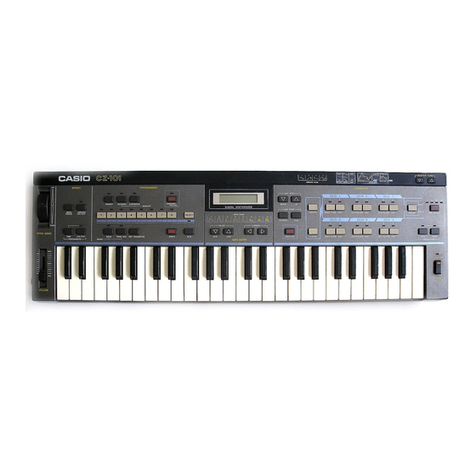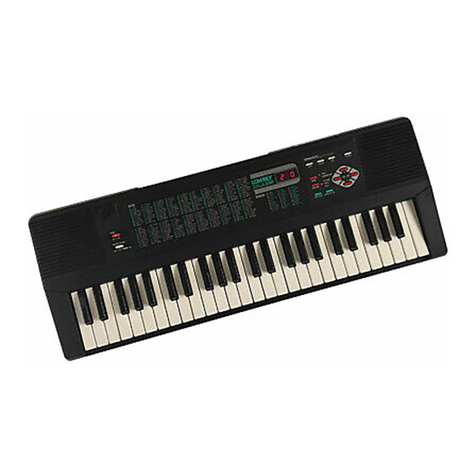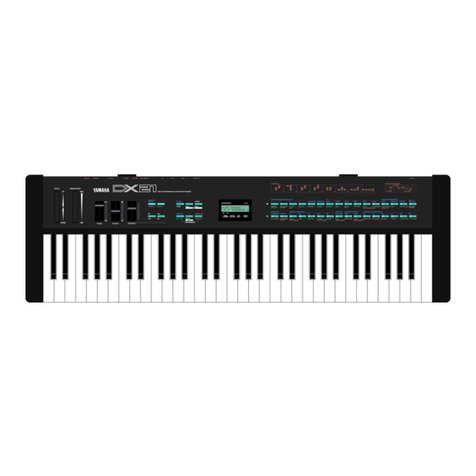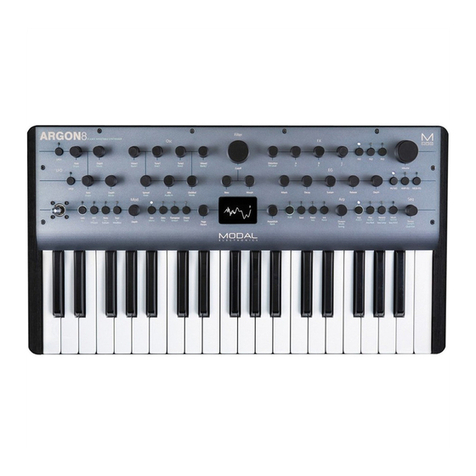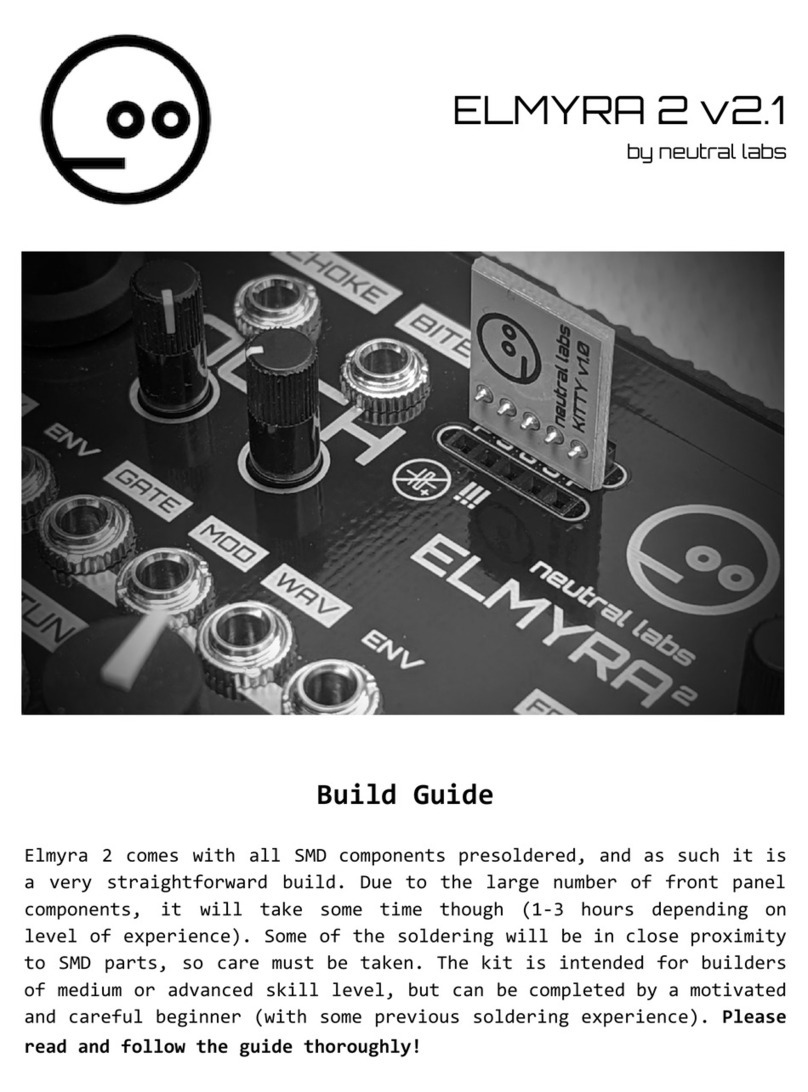Casio VZ-8M User manual
Other Casio Synthesizer manuals
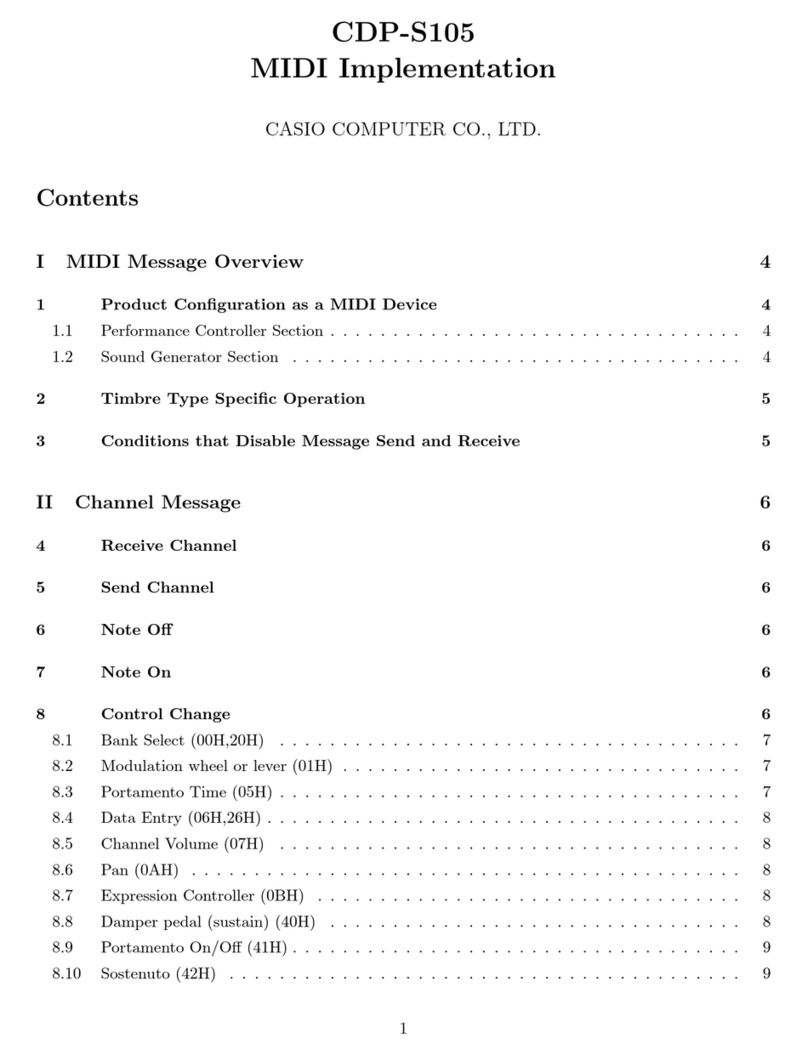
Casio
Casio CDP-S105 User manual
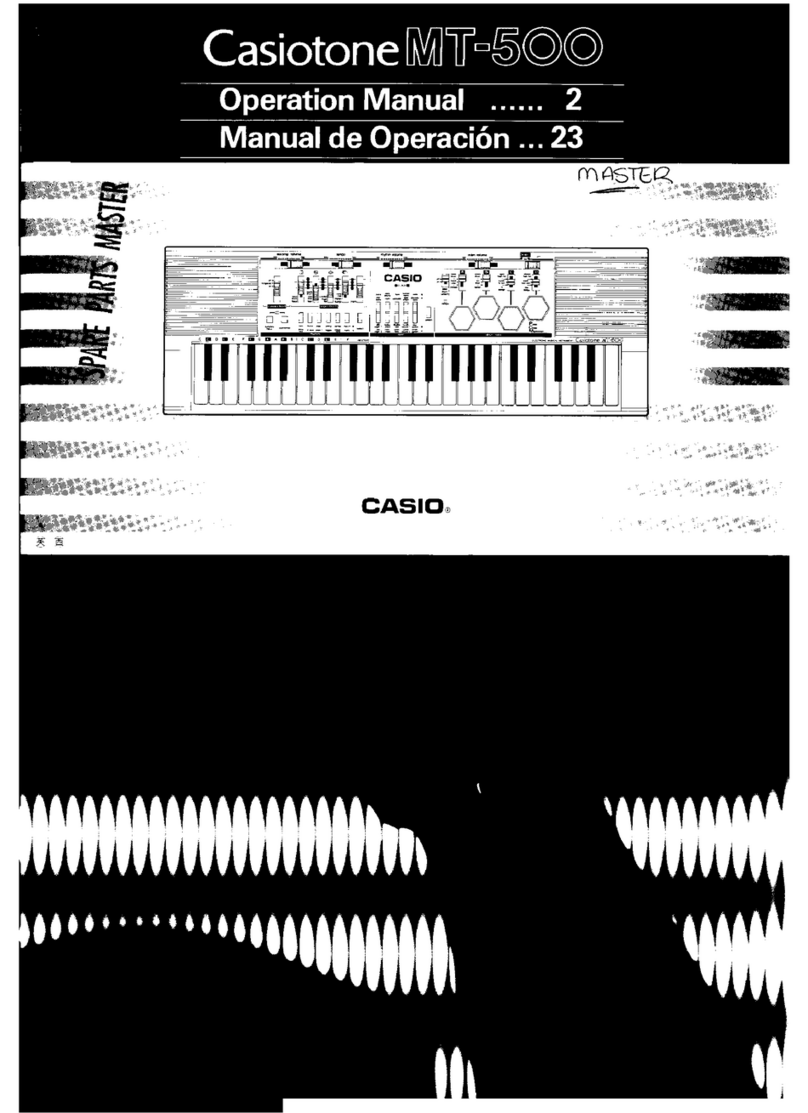
Casio
Casio Casiotone MT-500 User manual
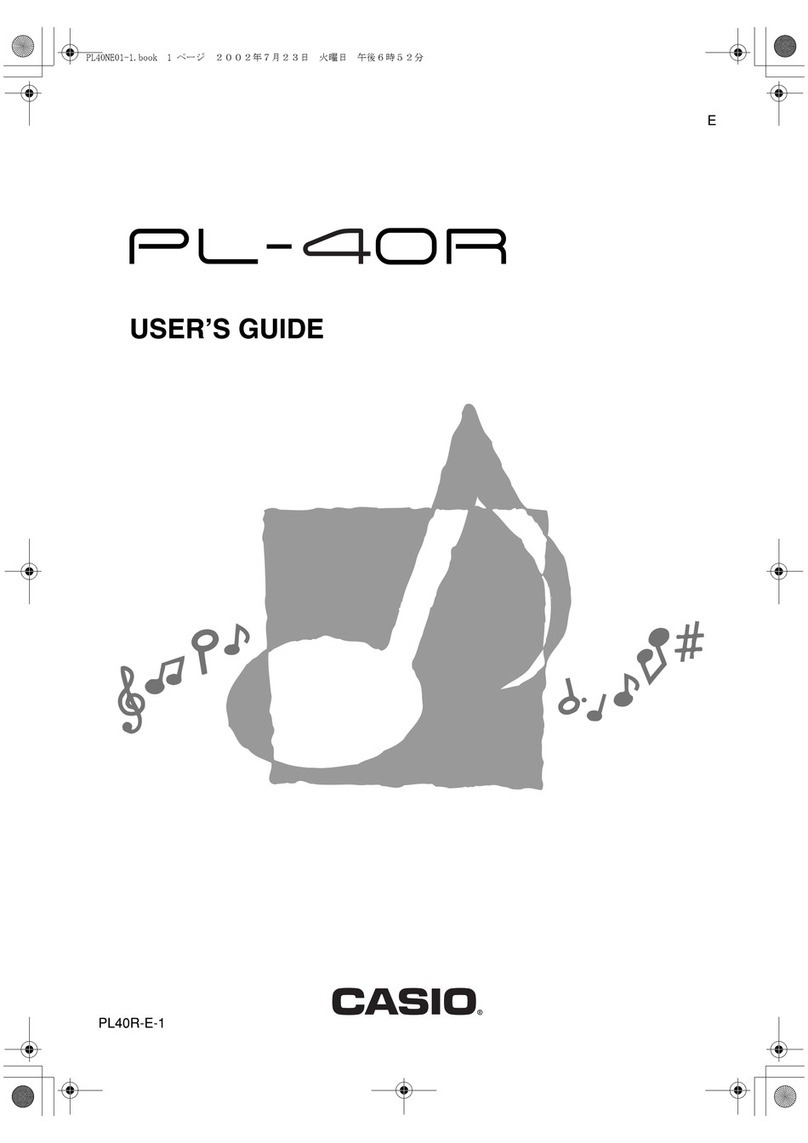
Casio
Casio PL-40R User manual
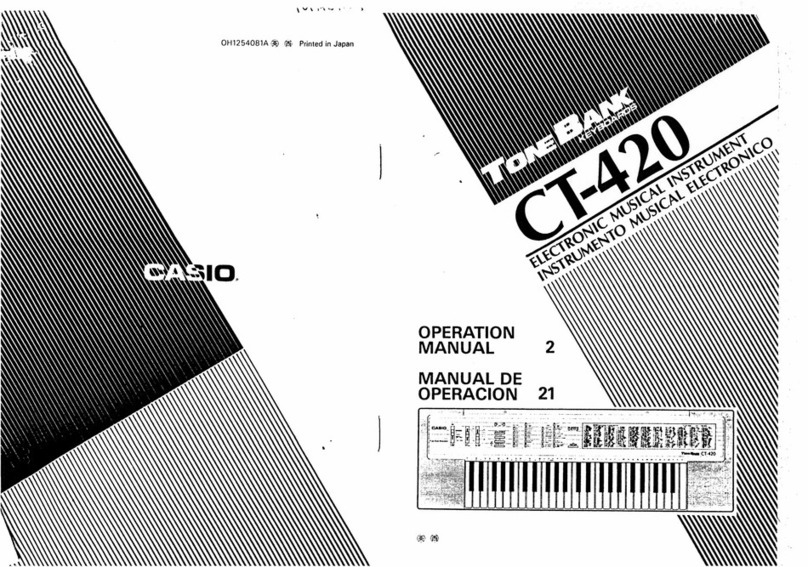
Casio
Casio ToneBank CT-420 User manual
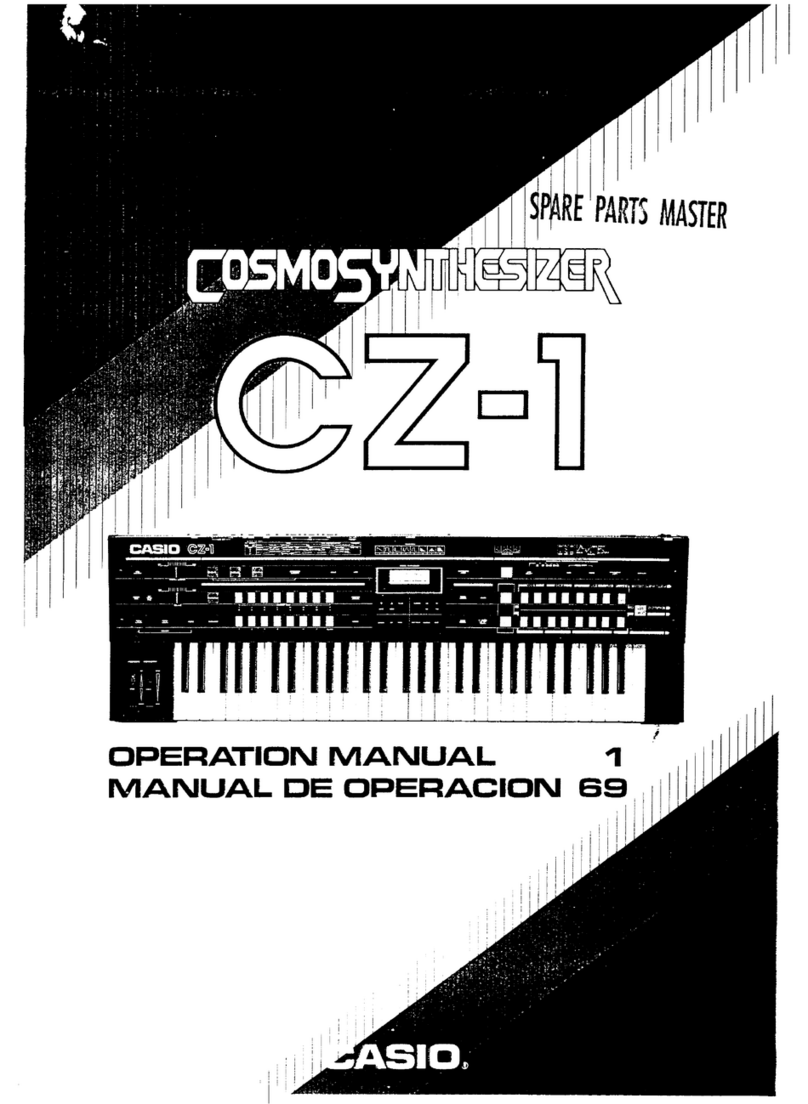
Casio
Casio Cosmo CZ-1 User manual
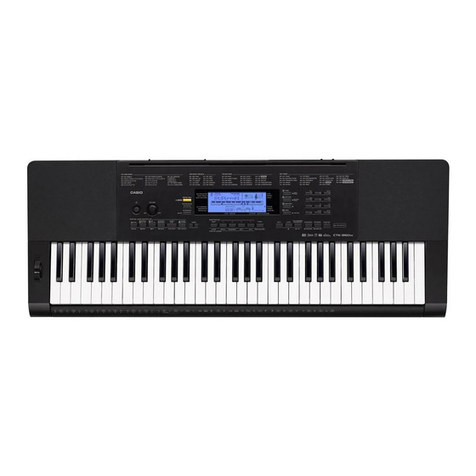
Casio
Casio CTK-860in User manual
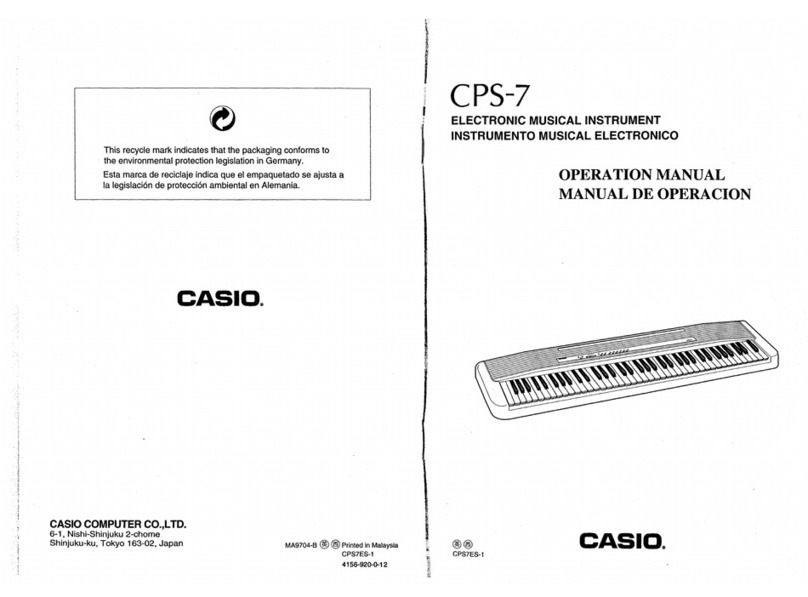
Casio
Casio CPS-7 User manual
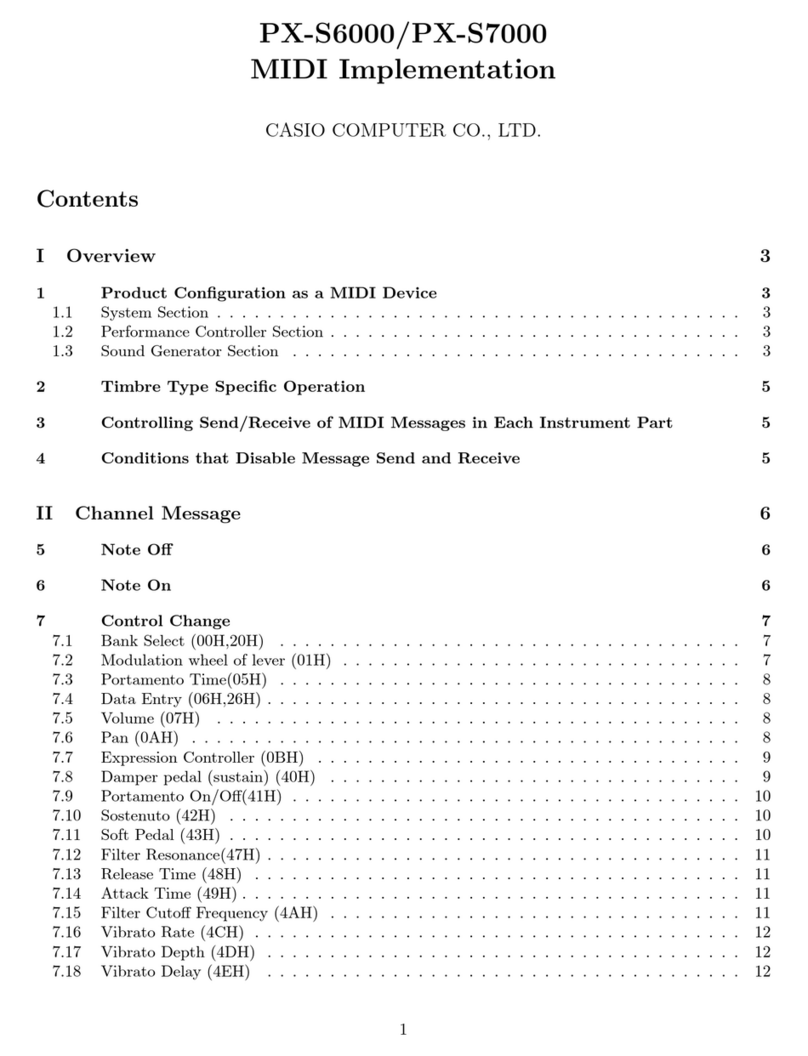
Casio
Casio PX-S7000HM User manual
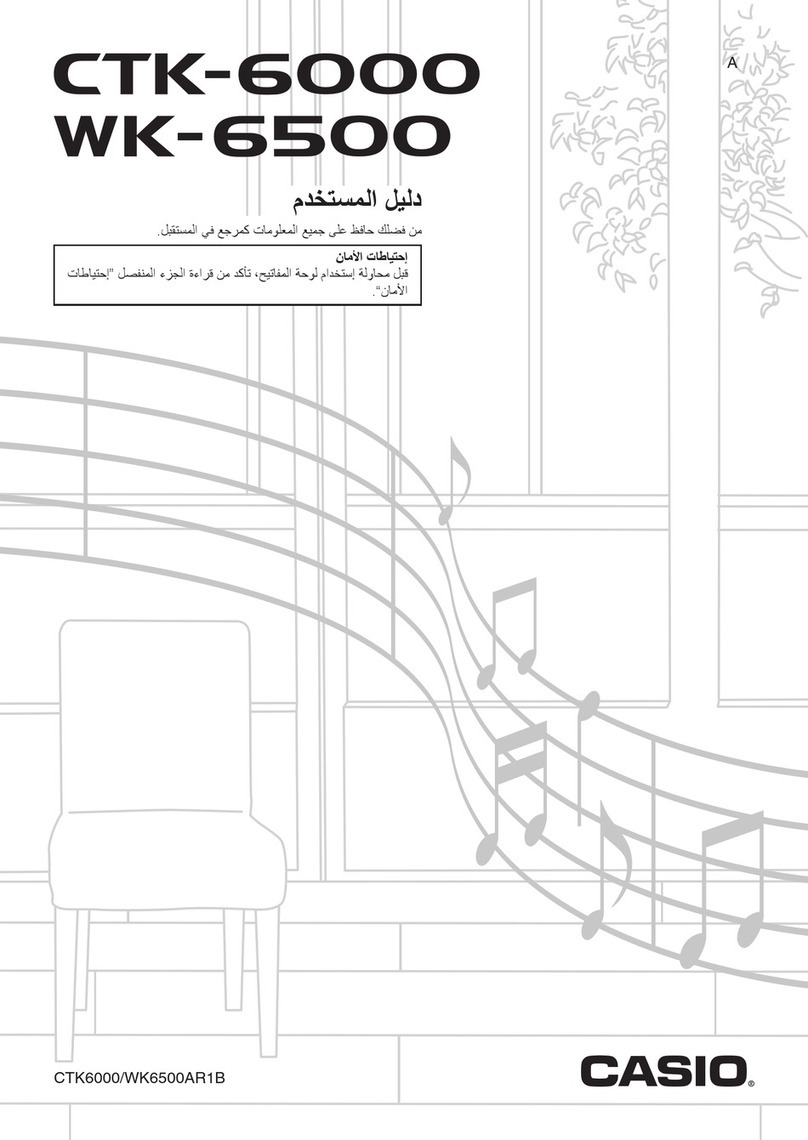
Casio
Casio WK-6000 User manual
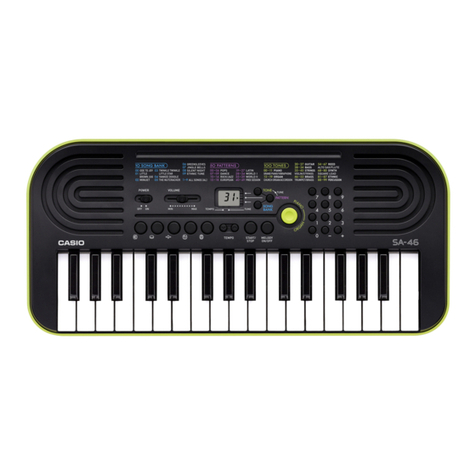
Casio
Casio SA-46 User manual

Casio
Casio SA-46 User manual

Casio
Casio CZ-101 Cosmo User manual
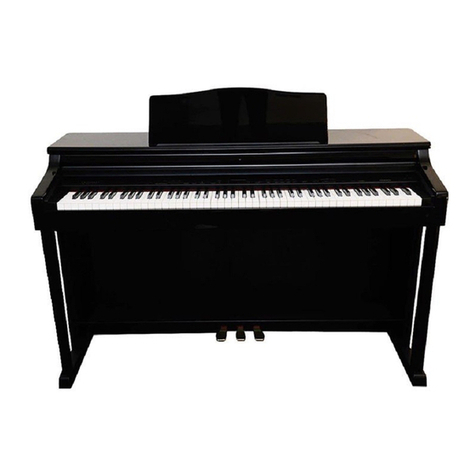
Casio
Casio Celviano AP-40 User manual
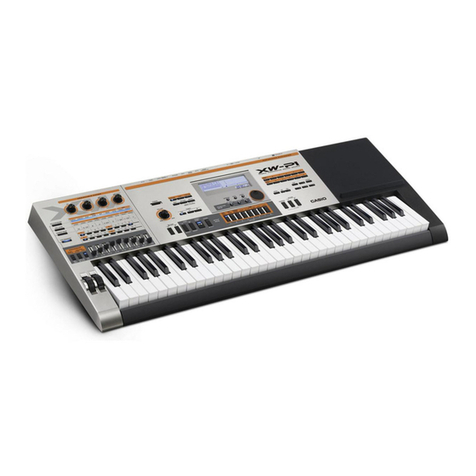
Casio
Casio XW-P1 User manual
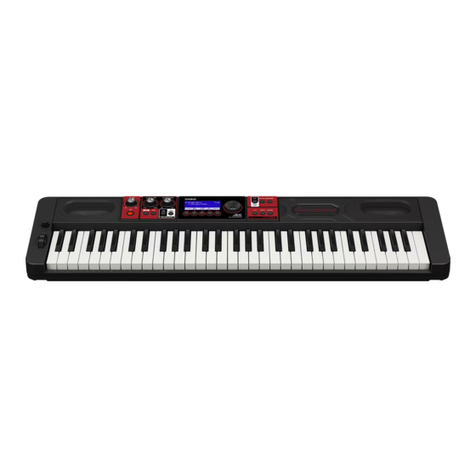
Casio
Casio CT-S500 User manual
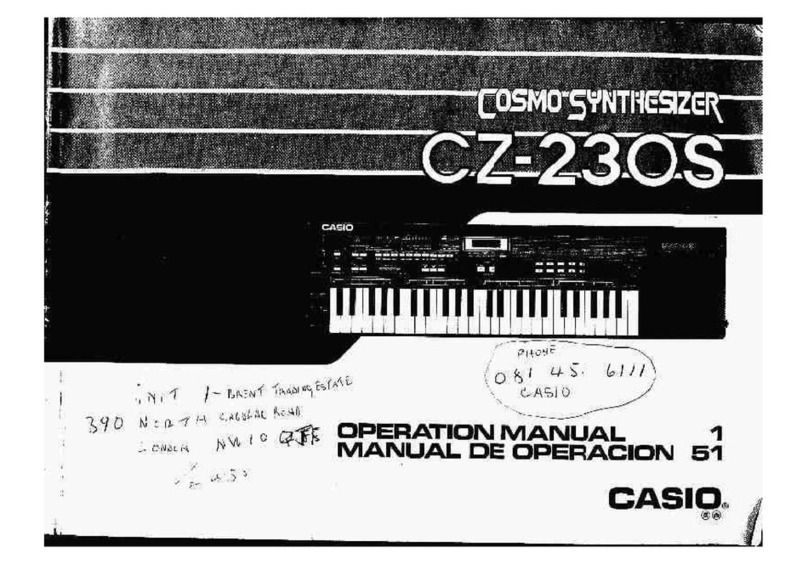
Casio
Casio CZ-23OS User manual

Casio
Casio Casiotone 7000 User manual

Casio
Casio Casiotone CT-S400 User manual
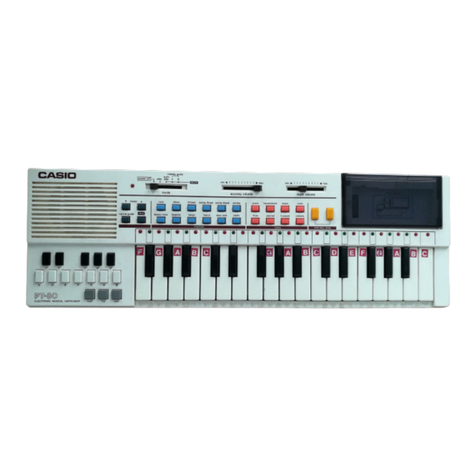
Casio
Casio PT-80 User manual

Casio
Casio Casiotone CT-S100 User manual
